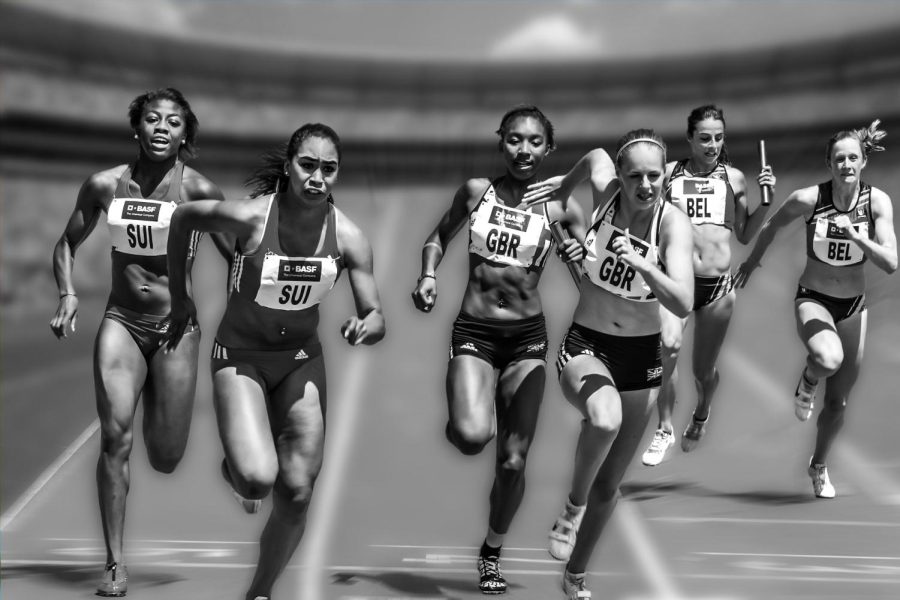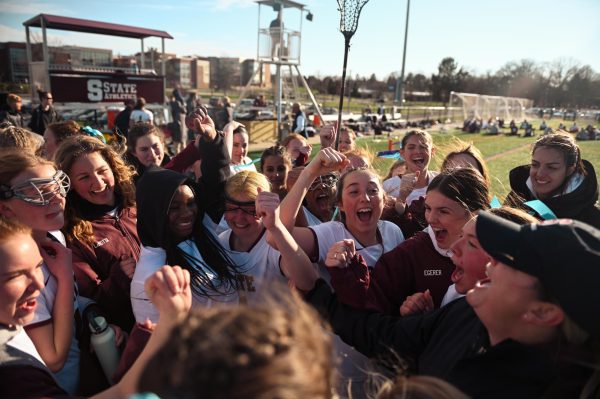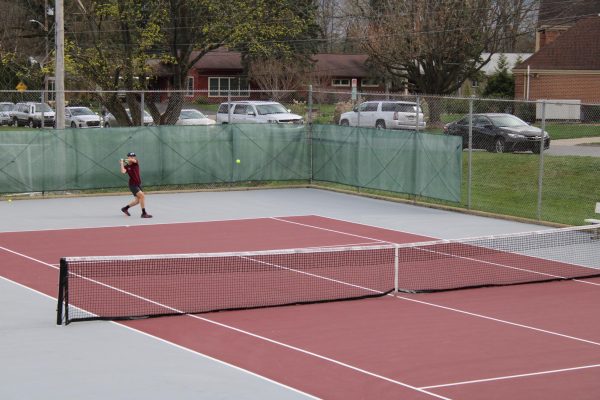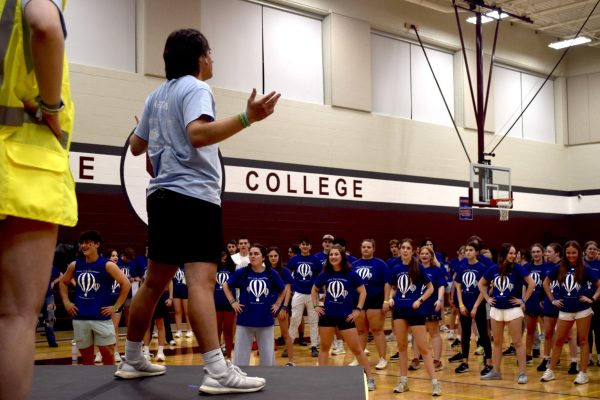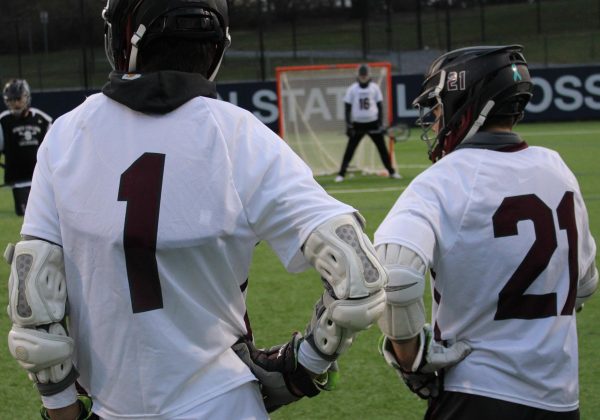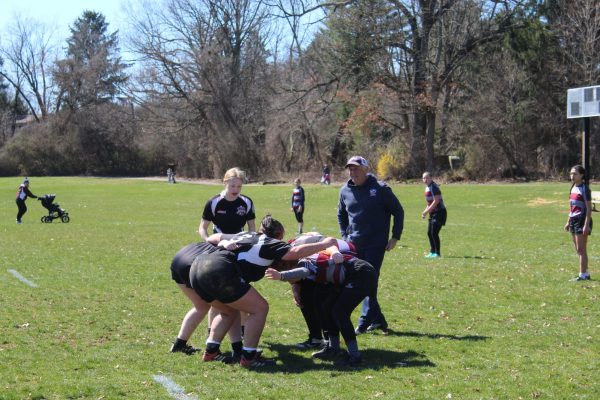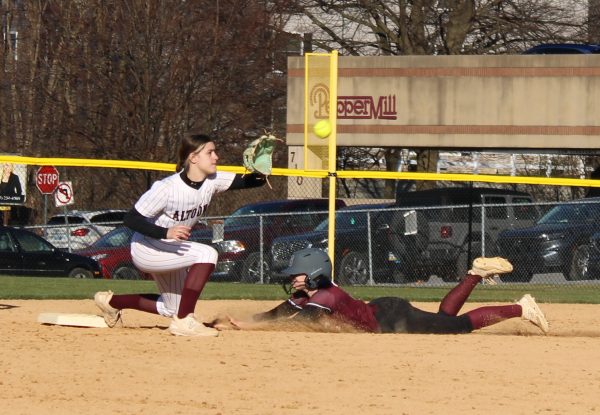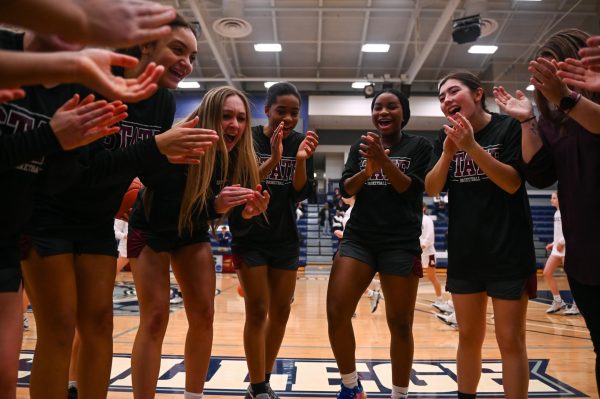Inching Towards the Finish Line for Women’s Equality in Sports
Image by Thomas Wolter from Pixabay
Several women competing in a track race are shown handing off batons to teammates.
April 18, 2023
As hundreds of women per year hand off the baton to younger athletes, the question lingers of what progress has been made for women in athletics and what progress still needs to be made. Salary inequality and unequal representation prevent thousands of female athletes from finishing the race for women’s equality once and for all. Reaching athletic equality for women is a marathon, not a sprint.
In June of 1972, the Title IX Act was signed into law by United States President Richard Nixon. This law protects the rights of female athletes, ensuring they have equal athletic opportunities to those of men. While laws like Title IX have decreased athletic inequality for student-athletes, female professional athletes continue to experience discrimination.
Kelly Donavan is a State High PE teacher and 2005 State High graduate. “I feel as though women have been discriminated against in athletics and it’s getting better, but I see it more in the professional world of athletics where women are really trying to fight for equal pay, equal screen time, and attention there,” she said.
Athletic employers have tried to camouflage the severe pay gap in women’s and men’s professional sports. But, for one women’s sports team in particular, justice was finally served in Feb. of 2022. The United States Women’s National Soccer Team (USWNT) filed a lawsuit against the United States Soccer Federation in 2019 regarding financial gender discrimination. On average, players of the USWNT were earning an annual salary of $99,000, while players of the United State Men’s National Soccer Team (USMNT) with the same amount of experience in the game were earning a whopping average annual salary of $263,320.
Had the USMNT won the 2018 World Cup, players would have been rewarded $407,000, while when the USWNT did win the World Cup in 2019, players were rewarded a mere $110,000. On Feb. 22, 2022, the USWNT and United State Soccer Federation settled the lawsuit previously filed in 2019, paying back the USWNT 24 million dollars.
Along with the USWNT, the Women’s National Basketball Association (WNBA) has also struggled with reaching financial equality for female basketball players. The highest WNBA annual salary is reported to be $117,500, while the highest Men’s National Basketball Association annual salary is 37.4 million dollars, being paid to the two top athletes in the teams respectively.
Notable financial inequality is not the only thing female athletes are struggling with to this day. Male athletes are often credited for the accomplishments of female athletes and are given more press and coverage over their games and records.
“I do a lot of listening to podcasts, and I was just listening to one that was a female sports journalist that was on. She was saying how a lot of times even headlines of record breakers or different skills or different sports are usually credited to the male athlete, even if it’s not factual, so I think that even journalism and reporting on the sports needs to shift on who they are giving credit to and really fact-checking what those facts are, and those records and who to really give the credit to,” Donovan said.
Even at State High, the contrast between the number of spectators in girls’ and boys’ sports games is visible. While bleachers are packed with spectators at boys’ basketball and soccer games, players and coaches find bleachers nearly empty at girls’ basketball and soccer games.
While much progress has been made in women’s athletic equality, a long road is still yet to be taken in order to end gender discrimination in women’s sports.

